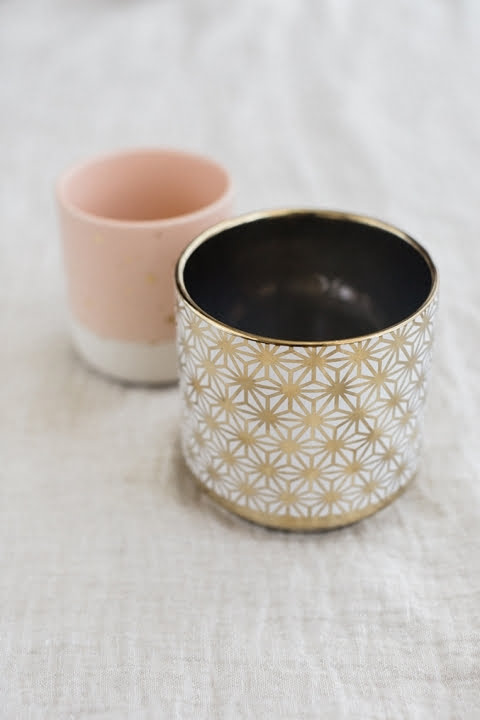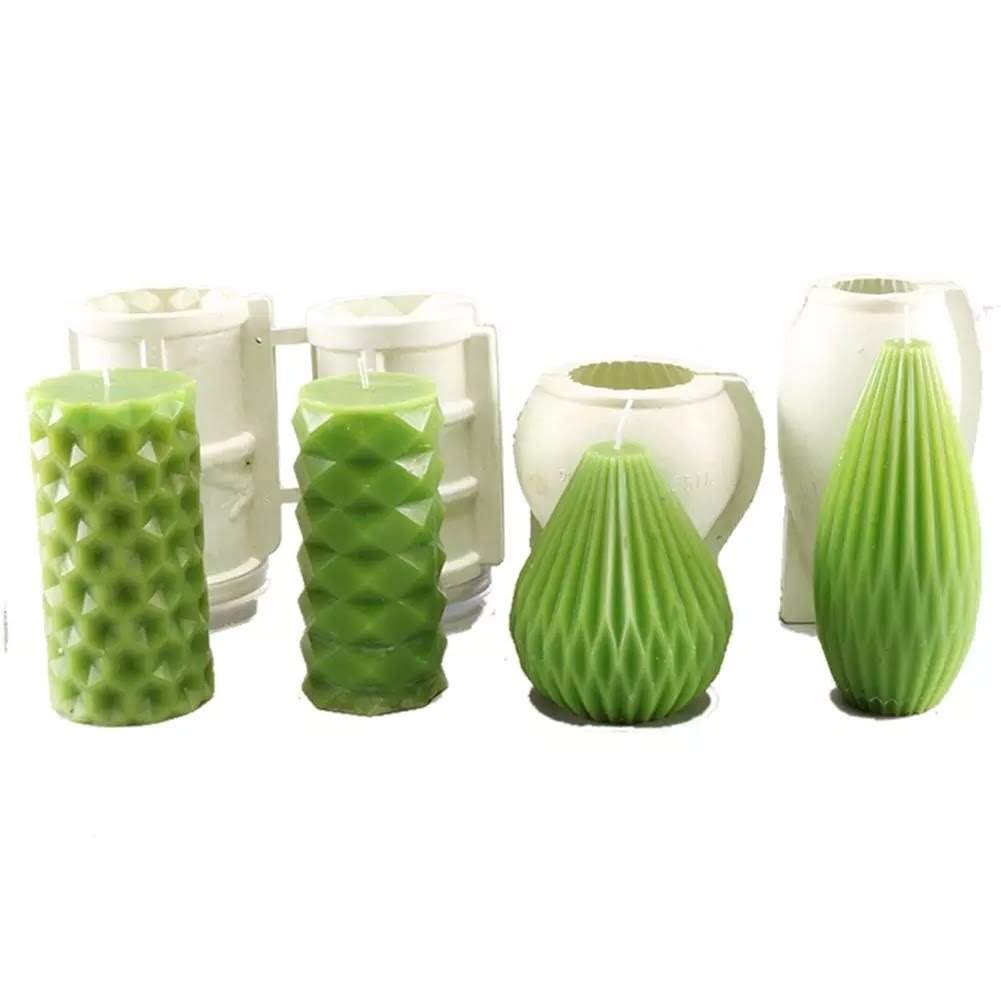When you light a candle, the heat of the flame melts the wax near the wick. This liquid wax is drawn up the wick, and the heat of the flame vaporizes the liquid wax, providing fuel for the flame to continue burning. If there is no more wax near the wick, the flame will go out.
Salt added to a candle makes the wax near the wick melt faster. This liquid wax is drawn up the wick, and the heat of the flame vaporizes the liquid wax, providing fuel for the flame to continue burning. If there is no more wax near the wick, the flame will go out.
The salt also helps to create a larger flame. The heat of the flame vaporizes the liquid wax, providing fuel for the flame to continue burning. If there is no more wax near the wick, the flame will go out.
Are Soy Candles Better?
There’s no denying that soy candles are popular. But are they really better than other types of candles?
The answer is it depends. Soy candles are made from a vegetable oil, which means they are biodegradable and environmentally friendly. They also burn cleaner than other types of candles, and they typically last longer.
However, soy candles can be more expensive than other types of candles, and they may not produce as much fragrance.
Can I Put Glitter In Candles?
The quick answer is no, you should not put glitter in candles. The reason is that the heat from the flame will cause the glitter to ignite and potentially start a fire.
If you are looking to add some sparkle to your candles, there are a few alternatives that you can try. One option is to use a glittery candle wax. This wax is made with a special type of wax that is designed to hold glitter in place. Another option is to use glittery candle toppers. These toppers are made with a material that will not ignite when exposed to heat, and they will add a bit of sparkle to your candles.
Why Is My Candle Flame Tiny?
When you light a candle, the heat of the flame melts the wax near the wick. This liquid wax is then drawn up the wick by capillary action. The heat of the flame vaporizes the liquid wax (turns it into a hot gas) and starts to break down the hydrocarbons into molecules of hydrogen and carbon. These vaporized molecules are drawn up into the flame, where they react with oxygen from the air to create heat, light, water vapor (H2O), and carbon dioxide (CO2).
The size of the flame is determined by the rate at which the vaporized molecules are drawn up into the flame. If the rate is too slow, the flame will be small. If the rate is too fast, the flame will be large and unsteady. The ideal rate for a candle flame is about 1,000 vaporized molecules per second.
The size of the flame is also determined by the size of the wick. If the wick is too small, the flame will be tiny. If the wick is too large, the flame will be large and unsteady. The ideal size for a wick is about 0.5 mm in diameter.
So why is your candle’s flame tiny? There are several possible reasons:
1. The wick is too small.
2. The wax is too thick.
3. The heat of the flame is too low.
4. The oxygen level in the room is too low.
Can A Candle Making Business Be Profitable?
The answer to this question is a resounding “yes”! A candle making business can be a profitable venture, but there are a few things to keep in mind in order to make sure your business is a success.
One important factor to consider is the cost of ingredients and supplies. In order to make a profit, you’ll need to keep your costs as low as possible. Buying in bulk and finding suppliers who offer discounts can help to keep your costs down.
Another important factor to consider is marketing. In order to attract customers, you’ll need to create a marketing strategy that will reach your target audience. This may include advertising your business in local newspapers or online, or hosting events or workshops to promote your candles.
Finally, make sure you have a good business plan in place. This will help you to track your progress and ensure your business is on track for success.
If you’re able to keep these things in mind, then a candle making business can be a lucrative and enjoyable venture.

Welcome to my candle making blog! In this blog, I will be sharing my tips and tricks for making candles. I will also be sharing some of my favorite recipes.





